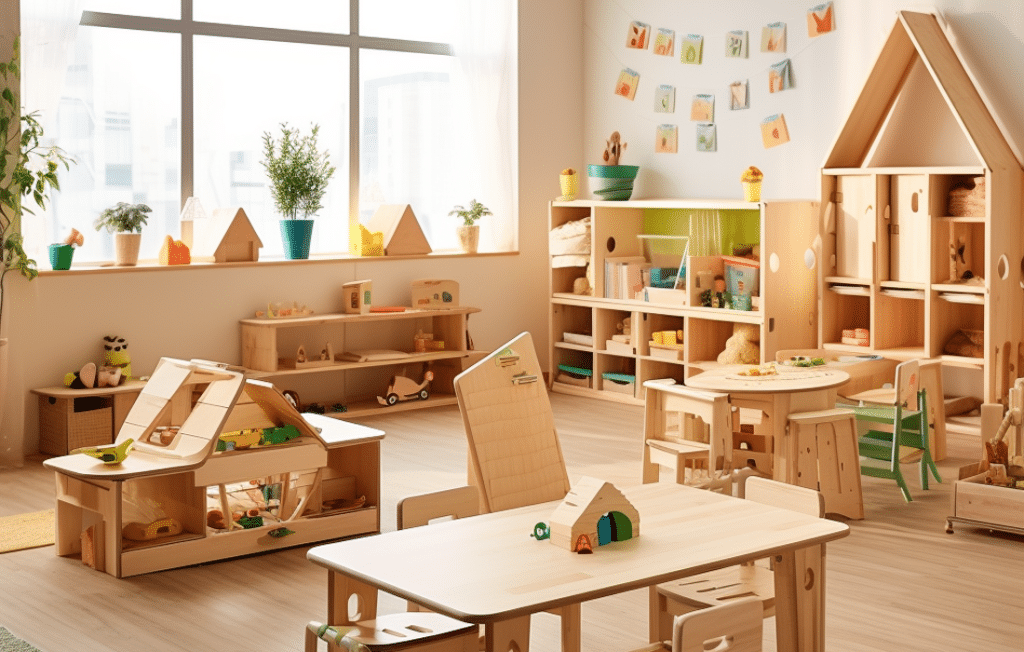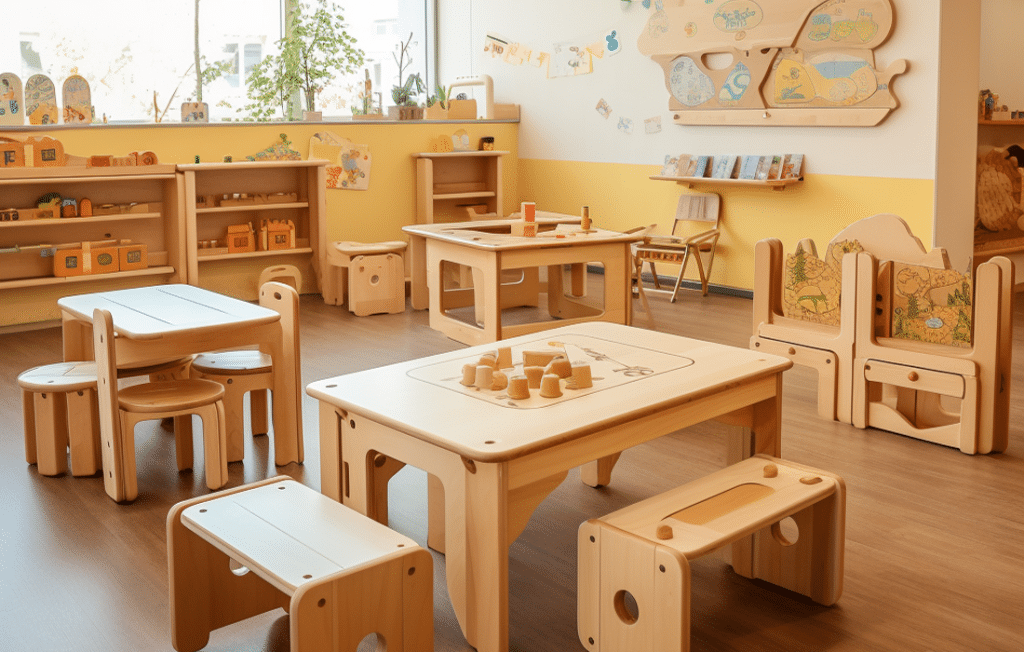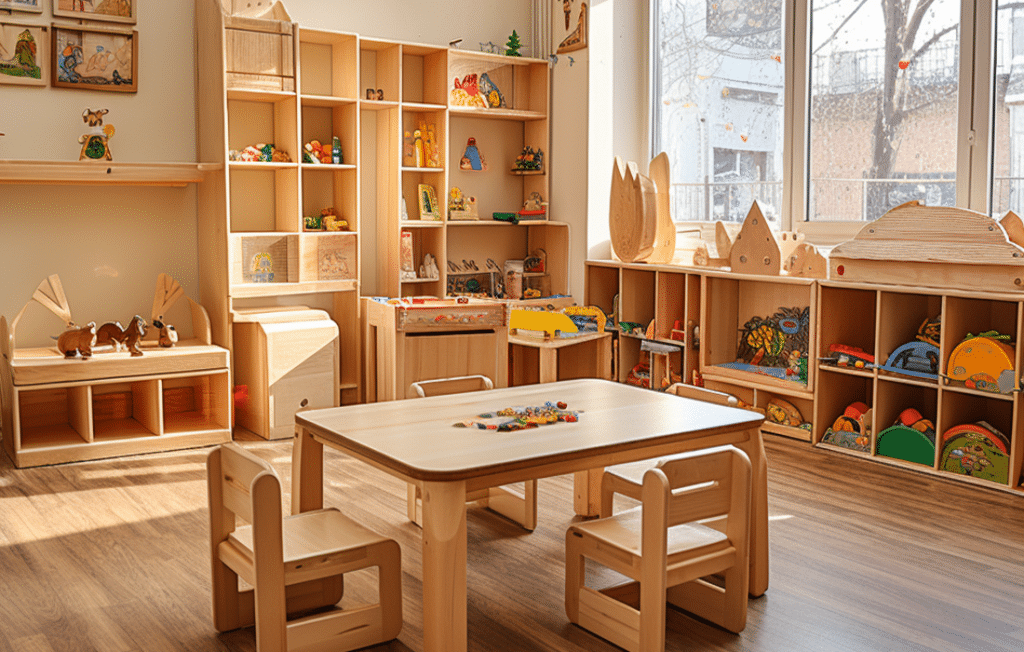Have you ever considered the role of furniture in a preschool classroom and its influence on children’s learning experiences? Join us on a journey to explore the profound impact that preschool furniture can have on early childhood education.
Preschool furniture plays a crucial role in shaping the learning environment, affecting children’s engagement, comfort, and overall educational experience.
Preschool Furniture: More Than Just Chairs and Tables
When we think of preschool furniture, the first image that comes to mind is often a set of colorful chairs and tables. While these are indeed important components, preschool furniture encompasses much more than just seating arrangements. It includes a wide range of items such as storage units, play stations, reading corners, and even outdoor equipment. Each piece of furniture serves a specific purpose in promoting active learning, creativity, and social interaction.

Ergonomics and Comfort: A Recipe for Focus
One of the key factors that determine the impact of preschool furniture on learning is its ergonomic design. Children spend a significant amount of time sitting at desks or tables, and if these are not designed with their comfort in mind, it can lead to distractions and discomfort. Ergonomic furniture, with adjustable heights and supportive backrests, ensures that children can maintain proper posture and focus on their tasks without unnecessary discomfort or distractions.
Creating an Inviting and Engaging Environment
Preschool furniture plays a crucial role in creating an inviting and engaging learning environment. Bright colors, playful designs, and interactive features can capture a child’s attention and stimulate their curiosity. When children are excited about their surroundings, they are more motivated to explore, learn, and actively participate in classroom activities. By providing furniture that sparks imagination and creativity, we can foster a love for learning from an early age.
Promoting Social Interaction and Collaboration
Preschool is a time when children develop important social skills and learn how to interact with their peers. The layout and arrangement of furniture can either facilitate or hinder these interactions. Furniture that encourages group work, such as shared tables or collaborative playstations, can promote teamwork and communication skills. By creating spaces that foster social interaction, we help children develop important social skills that will benefit them throughout their lives.

Flexibility for Different Learning Styles
Every child is unique and learns in their own way. Preschool furniture that offers flexibility can accommodate the diverse learning styles of young students. Adjustable tables and chairs allow children to find a comfortable position that suits their individual needs. Additionally, furniture that can be easily rearranged or repurposed provides opportunities for different learning activities and promotes adaptability in the classroom.
Supporting Organization and Orderliness
An often overlooked aspect of preschool furniture is its role in promoting organization and orderliness. Storage units, bookshelves, and cubbies help children develop good organizational habits and teach them the importance of tidiness. When everything has its place, children can easily find and access materials, leading to a more efficient learning environment. By providing furniture that supports organization, we instill valuable life skills that extend beyond the classroom.
Safety First: Protecting Little Explorers
Last but certainly not least, preschool furniture must prioritize safety. The furniture should be sturdy, free from sharp edges, and resistant to tipping over. Safety features such as rounded corners and non-slip surfaces ensure that children can explore and engage with their surroundings without unnecessary risks. By prioritizing safety, we create a secure environment where children can focus on learning and exploration without worry.

More Questions? Here Are Some Answers!
Q: Does the color of preschool furniture matter? A: Absolutely! Colors have a psychological impact on children and can influence their mood, behavior, and attention span. Vibrant and stimulating colors can create an energetic and engaging learning environment.
Q: What role does outdoor furniture play in preschool learning? A: Outdoor furniture provides a unique opportunity for children to learn and explore in a different setting. It encourages physical activity, imagination, and sensory experiences, all of which contribute to holistic development.
Q: How can preschool furniture promote independent learning? A: Furniture that offers individual workstations and quiet reading corners creates a space for children to engage in self-directed learning. It empowers them to explore their interests, develop problem-solving skills, and build independence.
In Conclusion
Preschool furniture is far more than just chairs and tables. It has the power to shape a child’s learning experience, promote social interaction, foster creativity, and support organization. By investing in well-designed, ergonomic, and engaging furniture, we set the stage for a positive and enriching educational journey for our little learners. Let’s create classrooms that inspire and empower the next generation!













